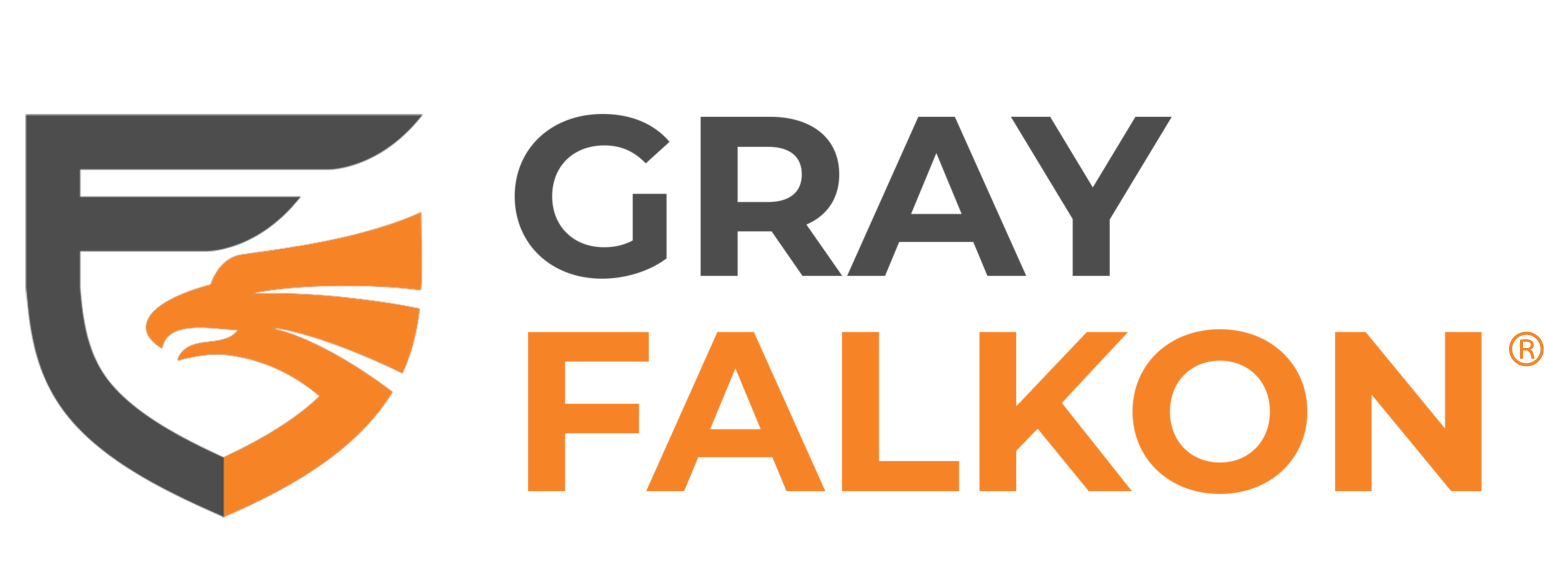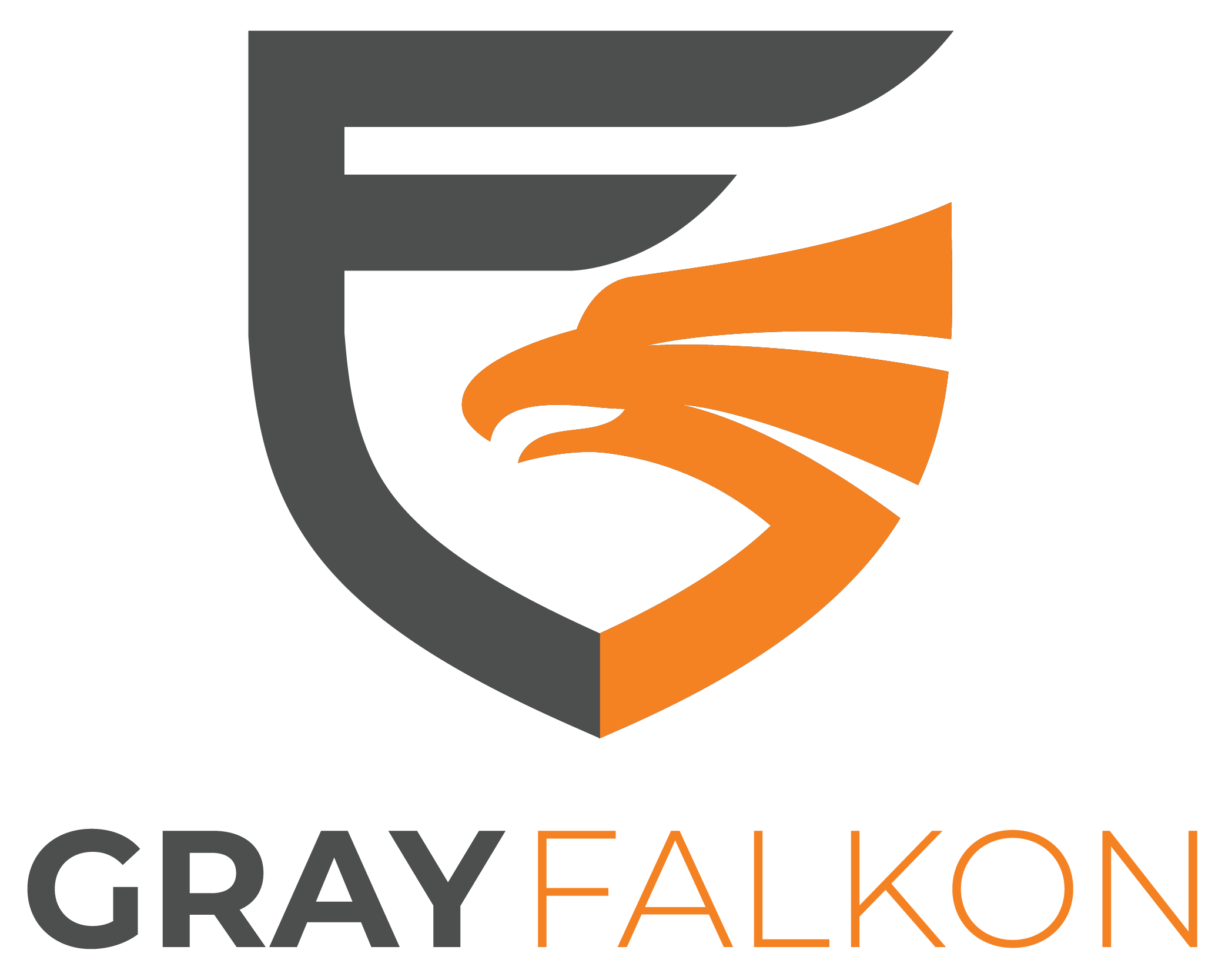
For brands that sell on Amazon’s massive eCommerce marketplace, the fight against counterfeit, illegal, gray market goods, and unauthorized seller activity is never-ending. Losing control of your product listings can lead to product quality, consumer safety, brand reputation damage, channel conflict, and major revenue losses.
Amazon’s Transparency program was introduced to verify product authenticity and keep counterfeits off the marketplace. While it’s an important anti-counterfeiting tool, Transparency has limitations that still allow unauthorized (and at times, unlawful) third-party seller activity to run rampant. That’s where comprehensive brand protection solutions powered by artificial intelligence and automation come in.
The Rise of the Unauthorized Amazon Seller
While Transparency successfully stops sellers from listing obvious knockoffs on Amazon, it doesn’t prevent unauthorized resellers from acquiring genuine inventory and undercutting a brand. These third-party gray market sellers obtain products through diversion or other unauthorized channels, then create new product listings or hijack a brand’s existing listing to sell at rock-bottom prices.
Even when the items are 100% authentic, improper seller behavior can violate intellectual property laws which allows bad actors to freeload off a brand’s marketing and equity. Unauthorized sellers have no stake in protecting product integrity or upholding quality standards. They can introduce unfair pricing and flood the market with potentially compromised and inferior products. This is the nightmare scenario in which customers suffer poor experiences and brands lose significant sales.
Additionally, nothing stops these rogue sellers from sourcing counterfeit inventory and creating unauthorized product listings to peddle fakes. As long as they don’t try to access codes from Transparency, their listings stay live.
How Amazon’s Transparency Program Works
At its core, Transparency is a product serialization program. Brands pay Amazon to generate unique alphanumeric codes, one for every product unit they manufacture. These codes are embedded into a QR code that gets printed on a special sticker or stamp.
Brands must physically apply these Transparency stickers to every product they sell, adding labor costs. When customers receive a Transparency-enabled order from Amazon, they can scan the code to verify the product’s authenticity and registration event details.
Amazon also scans these codes internally whenever Transparency-enabled products enter its fulfillment centers. If a product doesn’t have a valid, unique Transparency code, Amazon’s system flags it as potentially counterfeit.
While Transparency does a good job of preventing obvious fakes from infiltrating Amazon’s supply chain, it has some key weaknesses that gray market resellers can easily exploit.
Limitations of Amazon’s Transparency Program
First, Transparency makes no effort to verify whether a seller is authorized to resell a brand’s products or not. As long as the items are genuine, any seller can list them on Amazon by acquiring inventory through unwanted (product diversion, retail arbitrage, shopping events, etc.) or even illicit channels.
Secondly, Transparency has no way to detect rogue product listings created by unauthorized sellers without scanning any codes. These sellers can create new ASINS for counterfeits or genuine products acquired through unauthorized distribution.
A third limitation is that Transparency codes are product-specific, not seller-specific. If an unauthorized seller acquires genuine inventory that has already been Transparency-coded for sale through proper distribution channels, those codes remain valid and will pass Amazon’s authentication checks.
Finally, any brand using Transparency must pay Amazon a per-code fee that adds up quickly across large product catalogs and production volumes.
While Transparency is a useful authentication solution for brands selling directly to Amazon, its limitations mean it can’t stand alone as an effective brand protection measure against unauthorized sellers.
“With Gray Falkon, we’ve fortified our defense against pervasive eCommerce threats, maintaining the integrity of our brand and the trust of our customers. They are an important cornerstone of our strategy to protect our brand in a marketplace where half-measures are simply not enough.“
Head of Global eCommerce Sales & Brand Protection at a Top 50 Health & Household Brand on Amazon
Combining Transparency with Comprehensive Brand Protection
To maximize the benefits of Transparency, brands should follow Amazon’s guidance and use it specifically for products they sell exclusively through Amazon’s distribution channels.
But even more importantly, brands must layer on additional tech-powered solutions to monitor for and stop unauthorized sellers from exploiting Transparency’s blind spots. This is where AI-powered brand protection platforms become a crucial force-multiplier.
Gray Falkon’s automated brand protection software uses machine learning to relentlessly scan eCommerce sites like Amazon for unauthorized seller activity. Identifying and enforcing Amazon’s terms and conditions and intellectual property violations, brings the broader marketplace into balance, fixing significant issues such minimum advertised pricing (MAP) infractions, price erosion, distribution policy breakages, and more. It applies each brand’s unique policies and business rules to automatically detect and remove unauthorized listings and sellers.
“Amazon’s Transparency Program has been instrumental in our fight against counterfeits, providing a level of product verification that is essential in today’s online marketplace”, shared Head of Global eCommerce Sales & Brand Protection at a Top 50 Health & Household Brand on Amazon. “Each of our online-exclusive SKUs is armed with unique codes that ensure our customers receive the genuine, high-quality products they expect from our brand. However, the scope of Transparency can be limited, as it doesn’t extend to the broader challenges of unauthorized sellers who create rogue ASINs to get around the protection you have with Transparency. Once a rogue ASIN is set up, it is very difficult to take down and starts to quickly impact sales of the SKUs under Transparency. The creativity of rogue sellers in getting around Amazon’s gates is astounding at times. Also, Transparency does not stop theft or channel diversion of genuine SKUs if the same SKU is sold online and to other customers and channels. This is where Gray Falkon steps in to fill the critical gap. Their comprehensive brand protection services work in concert with Transparency, offering a robust solution that tackles not just counterfeiting but the complex issue of unauthorized sales and brand dilution. With Gray Falkon, we’ve fortified our defense against pervasive eCommerce threats, maintaining the integrity of our brand and the trust of our customers. They are an important cornerstone of our strategy to protect our brand in a marketplace where half-measures are simply not enough.”
Crucially, these solutions don’t just find policy violations after the fact – they prevent them from happening in the first place through continuous automated monitoring. As soon as an unauthorized seller tries to create a rogue product listing, Gray Falkon’s proprietary AI and automation technology immediately identifies, documents, and reports violations of Amazon policy for its enforcement team’s action. Amazon’s penalties for violating its terms can be severe, up to and including the suspension of sellers’ storefronts.
Leading AI brand protection platforms like Gray Falkon use data science to analyze sales patterns, pricing data, messaging copy, seller identities, and other factors associated with unauthorized listings. This allows them to stay one step ahead of increasingly sophisticated unauthorized or illegal reseller tactics.
Gray Falkon combines this cutting-edge technology with expert human monitoring and analyst support. So not only does it automatically handle a huge volume of enforcement requests, but it also routes complex cases and threats to investigators for manual review.
When brands use Amazon’s Transparency program for products they directly sell to Amazon while also implementing AI-driven brand protection software, they achieve true 360-degree distribution control and brand integrity across eCommerce.
By verifying product authenticity with Transparency for Amazon-exclusive inventory while simultaneously monitoring marketplaces for unauthorized resellers and rogue listings, brands can fight back against all types of intellectual property abuse. This potent one-two combination allows them to win the Buy Box for their products while preserving competitive pricing and brand equity.
In the ongoing battle to control your brand presence and shopping experience on Amazon, brands need to use every available technology and program at their disposal. Combining Amazon’s Transparency with comprehensive AI brand protection is a powerful strategy for defeating counterfeiters and unauthorized sellers once and for all.
Schedule a demo to learn how your brand can combine the power of Amazon Transparency and Gray Falkon’s AI and automation to defeat unauthorized sellers and recover lost sales.



